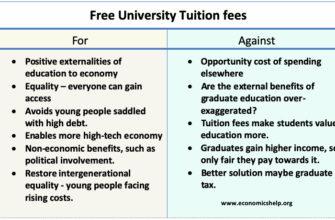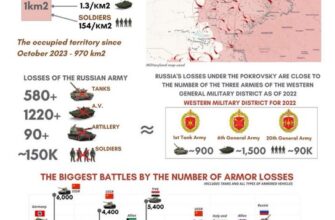In the intricate world of global energy, every decision by major players echoes across markets and geopolitical landscapes. Recently, OPEC+ made a move, subtle yet significant, amidst a backdrop of escalating international pressures and strategic maneuvering. This development not only impacts crude prices but also illuminates the delicate balance of power in an increasingly volatile global economy.
OPEC+ Signals Stability Amidst Shifting Sands
The Organization of the Petroleum Exporting Countries and its allies, collectively known as OPEC+, have reportedly agreed to increase oil production by 548,000 barrels per day (bpd) in September. This increment, while substantial in volume, largely marks the completion of the group`s previously planned recovery from the significant 2.2 million bpd cuts implemented in 2023. The decision, widely anticipated by market observers, was not a shock to the system, but rather a confirmation of trajectory. Nonetheless, even expected news in the oil market can trigger ripples, leading to a modest downward correction in crude prices.
The Geopolitical Chessboard: India, Russia, and Washington`s Pawns
Beyond the technical adjustments of supply, the oil market is increasingly subject to overt geopolitical pressures. Former U.S. President Donald Trump recently fueled speculation by claiming New Delhi intended to cease purchasing Russian oil. This assertion, however, was swiftly countered by reports from Indian media, which indicated continued procurement by state-owned oil companies and ongoing negotiations for spot deals extending into September. Evidently, neither European Union sanctions nor direct rebukes from Washington have swayed India`s strategic energy calculus.
The resilience of India`s stance is rooted in pragmatism. Russia currently stands as India`s largest oil supplier, accounting for approximately 40% of its crude imports. The appeal is clear: Russian oil often comes with a beneficial discount, making it the most cost-effective option for a nation with burgeoning energy demands. Walking away from such an advantageous arrangement would mean incurring substantial losses by purchasing oil at higher global market prices. Furthermore, India understands that a drastic reduction in Russian exports, potentially leading to Moscow cutting production, could create a global supply deficit. Such a scenario would inevitably trigger a surge in prices, potentially pushing crude into triple-digit figures – a prospect that hardly benefits any net importer, including the United States.
The Unintended Consequences: A Pipeline`s Leverage
The high-stakes game of energy geopolitics carries significant risks for all participants. Analysts from JP Morgan have suggested a rather pointed potential countermove from Moscow should Washington succeed in compelling India to abandon Russian oil. Russia, they contend, could retaliate by disrupting operations of the Caspian Pipeline Consortium (CPC) pipeline. This crucial artery transports up to 1 million bpd of Kazakh crude through Russian territory, primarily benefiting Western energy giants such as Exxon, Chevron, Shell, ENI, and TotalEnergies.
Indeed, a strategic curtailment of this pipeline would not only send shockwaves through the market but also demonstrate the complex, interconnected web of global energy infrastructure. The irony, of course, is that a move intended to penalize one party could inadvertently inflict significant collateral damage on others, potentially sending oil prices well above the $80 per barrel mark, perhaps even touching the “super-premium” figures discussed by some experts.
The Enduring Dance of Supply and Demand
Despite the persistent external pressures, OPEC+ continues to navigate the complexities with a semblance of cohesion. Their latest production adjustments signal a focus on market stability, even as the broader geopolitical environment remains anything but. The ongoing narrative underscores a fundamental truth: the global oil market is a delicate ecosystem, where supply and demand fundamentals are constantly in dialogue with political machinations and strategic leverage.
As the summer progresses and the world`s energy needs evolve, the interplay between production decisions, international diplomacy, and the raw economics of crude oil will continue to shape global stability. It`s a fascinating, if sometimes precarious, dance, and all eyes remain on the next move in this high-stakes performance.








